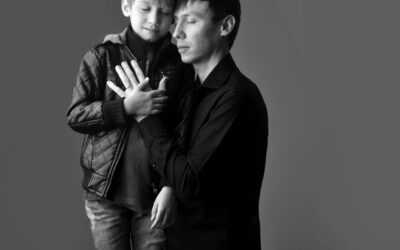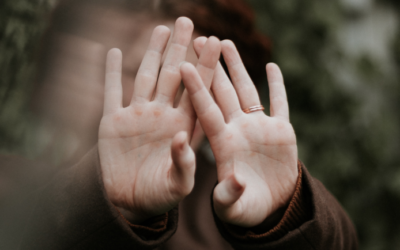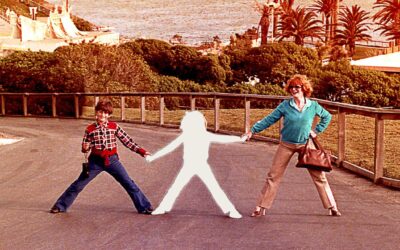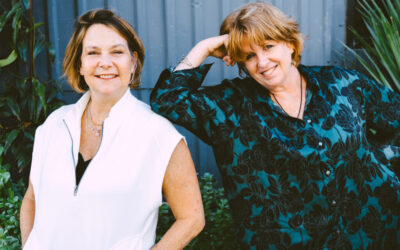Podcast: Play in new window | Download (Duration: 26:55 — 18.5MB)
Subscribe: Apple Podcasts | Spotify | Amazon Music
Dive deeper into this new (to us) model of interpreting attachment science and discover how to apply it into your daily life. Sue Marriott LCSW, CGP and Ann Kelley PhD have fun breaking down the last two episodes where Dr. Patricia Crittenden so generously shared her model called the Dynamic Maturational Model (DMM). Focus is on personal and clinical importance in this last of a 3-part series on the DMM.
Before we begin:
- A’s (Red in the DMM)=Historically referred to as Blue on TU
- B’s (Blue in the DMM)=Historically referred to as Green on TU
- C’s (Green in the DMM)=Historically referred to as Red on TU
- AC’s = Historically referred to Tie Dye on TU
**Note: We know the colors may be a bit confusing, but it is important to us that you receive information as Dr Crittenden has published it. It is by happenstance that our colors are the same (with the exception of tie dye), but they represent different thinking and behavioral patterns. When we refer to color in the episodes and in the show notes, we are referring to the colors we have historically used on the TU podcast and the letters and self-protective strategies of the DMM. This is only in order to maintain consistency and make the information more easily understood by our listeners. However, the colors as shown in the slides and as listed above, are the way Dr Crittenden uses them in her fantastic work!
Brief Hierarchy of Attachment Theory:
There’s a lot of similarity between the more familiar Mary Main et al ABC-D model of attachment and the Patricia Crittenden’s DMM interpretation of attachment, but there are also some very important differences.
What’s in A Name?
Dynamic Maturational Model (DMM) – potentially intimidating mouthful, BUT let’s break it down
What it means:
Sue and Ann share their take on Dr Crittenden’s walk through the developmental process that happens in attachment from infancy to adulthood. (Listen to Episode 96 and Episode 97). As we mature into different stages of our life, our needs and self-protective strategies (what the DMM helps us learn) we use change accordingly. The beautiful thing about the DMM is the way it incorporates culture, sexuality, key relationships, and danger/safety into the attachment mix.
Speaking of safety….
One key difference between the DMM and traditional attachment models is the emphasis on SAFETY rather than SECURITY.
According to the DMM:
-attachment is about the dyadic relationship in danger, it does not just live in the person
-we take in information from the environment (parent in infancy) and shift this into “behaviors” or self-protective strategies.
-these strategies develop to protect us. They are our brain’s way of helping us reduce danger and increase connectedness by creating closeness, proximity, and safety.
Information Processing
-It’s physiological.
There are 3 systems:
Somatic: what does our body feel…our heart, our stomach feel
Cognitive: how we process the information, how do we make meaning
Emotional: what’s coming up
Bottom line, we can learn from our body. They are connected but not hierarchical.
Security = Integration of all 3 of these info systems (Therapist Uncensored’s model ie. getting to the green)
The Attachment Spectrum
As you move out on the spectrum, (in the DMM, it’s a circle, which is also really cool) we begin to inhibit or exaggerate information based on the response in our environment/the response of our caregivers.
We will tend to lean Blue or Red or Tie Dye (check out episodes 59, 60, 61 for more detailed info on each color).
NOTE: These colors are Ann and Sue’s Attachment & Regulation Spectrum, not colors from the DMM.
It is NOT conscious and forms in the first 2 years via Neuroception.
Neuroception (listen to our episode on Polyvagal Theory for more info) tells us, as infants, that if we cry, our caregiver will react a certain way. We inhibit information according to what will keep us safe and bring us closer to our caregiver.
The distortive and inhibitive behaviors that develop are functional adaptations to meet the infant’s needs. It is a way of accessing the parts of the caregiver that are available and also keeping the infant out of disorganization.
Think organized chaos – the infant may be highly dysregulated but in an organized way rather than disorganized. Exaggerating, de-emphasizing or dissociating, etc. when there is danger is how we, as infants, learned to keep ourselves sane and intact.
Bringing Crittenden’s work out of the research and into real life
What we love:
-Dr Crittenden’s inclusive approach to applying attachment theory across the lifespan.
-Dr Crittenden’s stance that self-protective strategies are functional adaptations to keep us as safe.
–The compassionate and understanding perspective of the self-protective behaviors we use every day.
To summarize the DMM, Dr. Crittenden’s own words say it best:
“My work is about all the things that we do when we’re in danger and how stunningly competent even our infants are at figuring out what you need to do to stay safe -here in this family where I was born with these parents who live in this culture facing these problems right now and these other problems that this culture knows about historically.”
“Which strategy in this model is best? Every behavioral strategy is the right strategy for some problem, but no strategy is the best strategy for every problem. We need them all… If it protects you, it is the right strategy.”
Final Thoughts:
We love that the DMM really brings a fresh perspective to the field of attachment.
Healing happens when you understand what got encoded in your body on an unconscious level from your personal experiences and your family and cultural history and then learn and implement strategies to help you move from Red or Blue or Tie Dye to Green.
Security looks like the integration of all of these different dimensions that Crittenden talks about. It’s not having to distort any information and accepting and loving your whole self.
YOU deserve this. Every single one of us deserves this.
This is the heart of Therapist Uncensored – the reason we started this podcast. We are so honored to be able to bring this amazing research to you guys and to help you understand yourself and the ones you love.
If you appreciate this work you can help it continue by becoming a Patron – ie. a super fan, or what we call Neuronerds. We are approaching our 100th episode (can you believe it!!!) and we are having special offers up until our 100th episode! Click here to sign up for as little as $5 a month.
You can also help us by subscribing on Apple Podcast, Google Podcast, Spotify or Podbean to name a few and by leaving a review so others can discover this cool science. Remember, sharing is caring!
Resources:
Raising Parents Attachment Representations and Treatment (2008) by Patricia Crittenden
The Organization of Attachment Relationships Maturation, Culture & Context (2000) by Patricia Crittenden
“The secret lives of children” 2017, in Clinical Child Psychology and Psychiatry by Patricia Crittenden
“Dynamic Maturational Model of Attachment and Adaptation – theory and practice” PDF Ed. Ari Hautamaki













